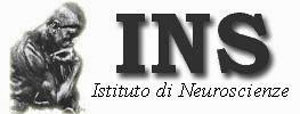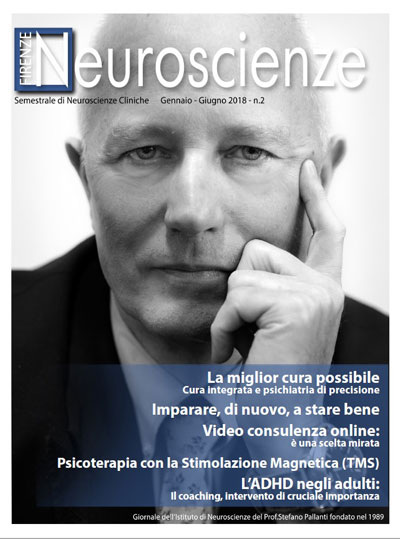rTMS in resistant mixed states: an exploratory study
Stefano Pallanti, M.D., Ph.D. ; Giacomo Grassi, M.D. ; Sarah Antonini, M.D., Ph.D. ; Leonardo Quercioli, M.D. ; Emilia Salvadori, Ph.D and Eric Hollander, M.D.
ABSTRACT
Background: repetitive transcranial magnetic stimulation (rTMS) has shown efficacy in resistant unipolar depression, but its efficacy in bipolar disorders has not yet been extensively investigated. Mixed episodes are reported in up to 40% of acute bipolar admissions and are associated with severe psychopathology, comorbidity, high risk of suicide and poor treatment response. Right low-frequency rTMS (LF-rTMS) as an augmentation treatment might be effective for mixed states. Methods: forty patients were treated during a 4-week period with a mood stabilizer and subsequent rTMS (low frequency stimulation – 1 Hz – applied to the right Dorso-Lateral Prefrontal Cortex (DLPFC)) as add-on treatment for 3 weeks. Response to LF- rTMS was assessed by the Hamilton Depression Rating Scale (HAM-D), Young Mania Rating Scale (YMRS) and the Clinical Global Impressions-Bipolar Version (CGIBP) subscales. ANOVA with repeated measures performed on HAM-D, YMRS and CGI-BP subscales “change from the preceding phase” and “severity of illness” showed a statistically significant time effect from the baseline to the endpoint. Results: for the HAM-D there was a 46,6% responder rate, of whom 28,6% remitted, while for the YMRS there was a 15% responder rate, of whom all remitted. Limitations: the open label-design of our study and the lack of a sham-controlled group represents a methodological limitation. Conclusions: the results suggest that LF-rTMS on the right DLFC might be a potential augmentation strategy in the treatment of both depressive and manic symptoms in mixed states.



